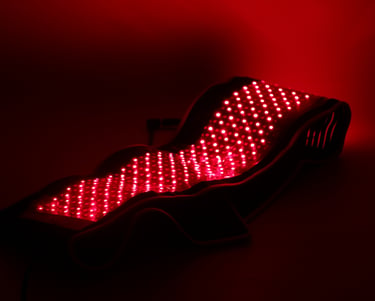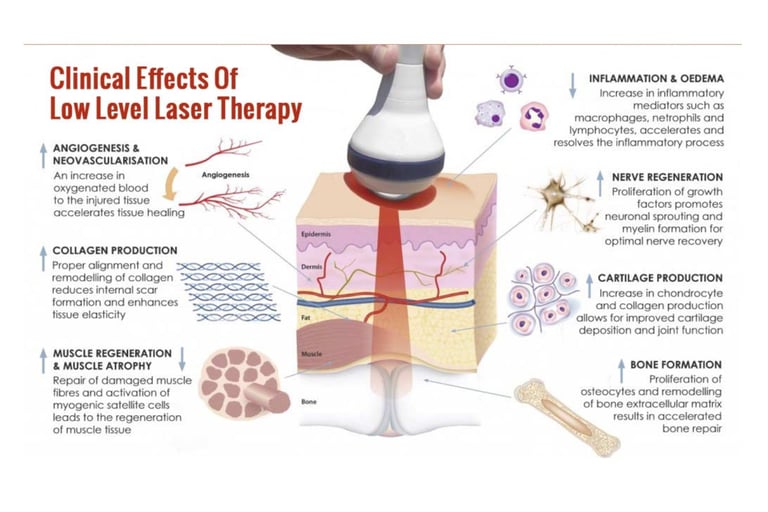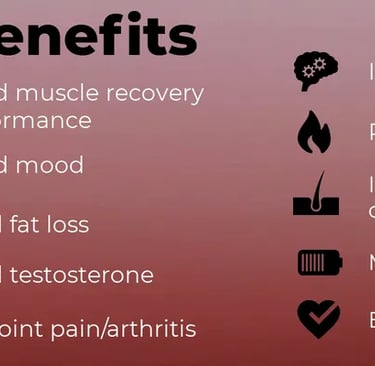Red Light Therapy
Red light therapy (RLT) is a treatment that may help skin, muscle tissue, and other parts of your body heal. It exposes you to low levels of red or near-infrared light. Infrared light is a type of energy your eyes can’t see, but your body can feel as heat. Red light is similar to infrared, but you can see it.
Red light therapy is also called low-level laser therapy (LLLT), low-power laser therapy (LPLT), and photobiomodulation (PBM).
How Does Red Light Therapy Work?
With red light therapy, you expose your skin to a lamp, device, or laser with a red light. A part of your cells called mitochondria, sometimes called the “power generators” of your cells, soak it up and make more energy. Some experts think this helps cells repair themselves and become healthier. This spurs healing in skin and muscle tissue.
Red light therapy uses very low levels of heat and doesn’t hurt or burn the skin. It’s not the same type of light used in tanning booths, and it doesn’t expose your skin to damaging UV rays.
Red light is thought to work by producing a biochemical effect in cells that strengthens the mitochondria. The mitochondria are the powerhouse of the cell — it’s where the cell’s energy is created. The energy-carrying molecule found in the cells of all living things is called ATP (adenosine triphosphate).
By increasing the function of the mitochondria using RLT, a cell can make more ATP. With more energy, cells can function more efficiently, rejuvenate themselves, and repair damage.
RLT is different from laser or intense pulsed light (IPL) therapies because it doesn’t cause damage to the skin surface. Laser and pulsed light therapies work by causing controlled damage to the outer layer of the skin, which then induces tissue repair. RLT bypasses this harsh step by directly stimulating regeneration of the skin. The light emitted by RLT penetrates roughly 5 millimeters below the skin’s surface.






Additional clinical research is needed to prove that RLT is effective. At the moment, however, there’s some evidence to suggest that RLT may have the following benefits:
promotes wound healing and tissue repair
improves hair growth in people with androgenic alopecia
help for the short-term treatment of carpal tunnel syndrome
stimulates healing of slow-healing wounds, like diabetic foot ulcers
reduces psoriasis lesions
aids with short-term relief of pain and morning stiffness in people with rheumatoid arthritis
reduces some of the side effects of cancer treatments, including oral mucositis
improves skin complexion and builds collagen to diminish wrinkles
helps to mend sun damage
prevents recurring cold sores from herpes simplex virus infections
improves the health of joints in people with degenerative osteoarthritis of the knee
helps diminish scars
relieves pain and inflammation in people with pain in the Achilles tendons
Click on images for full view if needed
